The aviation industry in India is expanding at a rapid pace, creating a surge in demand for qualified professionals who ensure the safety, efficiency, and innovation of air travel. Among the most sought-after career paths in this sector are Aircraft Maintenance Engineering (AME), Commercial Pilot License (CPL) training, and Aeronautical Engineering. Each of these domains plays a distinct yet crucial role in the aviation ecosystem—whether it’s certifying an aircraft's airworthiness, piloting it through the skies, or designing the next generation of aircraft. Let’s explore these three aviation courses in detail, focusing on their scope, course structure, eligibility criteria, and career opportunities.
The aviation industry in India is expanding at a rapid pace, creating a surge in demand for qualified professionals who ensure the safety, efficiency, and innovation of air travel. Among the most sought-after career paths in this sector are Aircraft Maintenance Engineering (AME), Commercial Pilot License (CPL) training, and Aeronautical Engineering. Each of these domains plays a distinct yet crucial role in the aviation ecosystem—whether it’s certifying an aircraft's airworthiness, piloting it through the skies, or designing the next generation of aircraft. Let’s explore these three aviation courses in detail, focusing on their scope, course structure, eligibility criteria, and career opportunities.
Aircraft Maintenance Engineering (AME): Guardians of Airworthiness
Aircraft Maintenance Engineering (AME) is a specialised technical program that trains individuals to certify the safety and airworthiness of aircraft before they take off and after repairs. Unlike traditional engineering courses, AME is a license-based program rather than a degree course. This license enables certified AMEs to issue flight release certificates after conducting rigorous inspections and ensuring all components of the aircraft are in optimal condition.
The role of an AME is indispensable. These professionals are trained to inspect and maintain critical systems such as aircraft engines, avionics, electrical frameworks, and structural integrity. They work in maintenance, repair, and overhaul (MRO) operations and are responsible for conducting scheduled inspections, troubleshooting defects, and performing necessary repairs. As aviation safety standards are non-negotiable, AMEs must adhere strictly to the guidelines laid down by aviation regulatory bodies like the Directorate General of Civil Aviation (DGCA).
Due to the increasing demand for air travel and the rise of new airlines and aircraft fleets, AMEs are considered some of the highest-paid engineers globally. The job is intellectually challenging, requiring exceptional attention to detail and a deep understanding of aircraft systems.
AME Course Details
The duration of the AME course is three years, divided into six semesters. The curriculum combines both theoretical classes and practical training. Each semester includes training in aircraft systems, technical modules, and real-time maintenance procedures. The course is designed in line with DGCA CAR-147 Basic standards, ensuring that students are industry-ready by the end of the program.
Eligibility for AME
Candidates must have completed 10+2 with Physics, Chemistry, and Mathematics (PCM) or hold a three-year diploma in engineering (Mechanical, Electrical, Aeronautical, or Electronics). Additionally, students are required to undergo a Class II medical examination to confirm their fitness for the physically demanding roles of an AME.
Aspirants must enroll in DGCA-approved institutes to receive valid training and licensing. These institutes provide the comprehensive education and practical exposure necessary to succeed in this specialized aviation field.
Commercial Pilot License (CPL): Flying High in Commercial Aviation
Becoming a commercial pilot is one of the most prestigious and adventurous careers in aviation. The Commercial Pilot License (CPL) training in India is regulated by the DGCA, ensuring that pilots meet international safety and operational standards. This license allows individuals to fly passenger and cargo aircraft for commercial purposes.
CPL training involves an intensive and well-structured curriculum, comprising ground school instruction, simulator training, and actual flying experience. Ground school classes cover topics such as aviation laws, meteorology, air navigation, aircraft systems, and flight planning. In the simulator sessions, trainees practice handling emergencies and flying under various weather conditions. The hands-on flight training is carried out under the supervision of certified flight instructors, allowing students to gain real cockpit experience.
In order to obtain a CPL, candidates must pass a series of written exams and practical flight tests. These exams assess the student’s knowledge of aviation regulations, aircraft operations, meteorological conditions, and navigation protocols. After clearing all the assessments, the candidate is granted a Commercial Pilot License by the DGCA.
CPL Training Duration
The duration of CPL training typically ranges between 18 to 24 months, depending on the student's learning pace, availability of aircraft, and weather conditions. The course is divided into two major phases—six months of ground training and 12-18 months of flight training. During flight training, students must log a minimum of 200 flying hours, including at least 100 hours as Pilot-in-Command (PIC).
Eligibility for CPL
To start CPL training, candidates must be at least 17 years old, though the license is issued only after the age of 18. They must have completed 10+2 with Physics and Mathematics, and demonstrate English language proficiency. Candidates also need to clear a Class I medical examination conducted by a DGCA-approved medical practitioner, ensuring they are physically and mentally fit for flight operations.
With a valid CPL, graduates can pursue careers with airlines, cargo services, charter operations, and private aviation companies. The opportunities are extensive and rewarding, especially given the global pilot shortage and increasing fleet expansions.
Aeronautical Engineering: Innovators of Aviation Technology
Aeronautical Engineering is the branch of engineering that deals with the design, development, testing, and maintenance of aircraft and aerospace systems. This discipline is ideal for those passionate about building and innovating flight-capable machines such as airplanes, helicopters, drones, missiles, and even spacecraft.
Aeronautical engineers are responsible for enhancing the safety, efficiency, and performance of aerial vehicles. Their work involves aerodynamics, materials science, propulsion systems, avionics, and structural analysis. These engineers play a vital role in making air travel more sustainable and cost-effective while pushing the boundaries of technology in aviation.
As the aviation industry demands faster and greener aircraft, aeronautical engineering continues to evolve with the integration of artificial intelligence, advanced materials, and alternative fuels. This makes it a forward-looking career with endless potential for research and innovation.
Aeronautical Engineering Course Details
The Bachelor’s degree in Aeronautical Engineering is typically a four-year program divided into eight semesters. The curriculum includes subjects such as flight mechanics, fluid dynamics, propulsion, aircraft structures, and control systems. Students also engage in lab sessions, internships, and capstone projects to enhance their practical knowledge.
Eligibility for Aeronautical Engineering
Candidates must have passed 10+2 with PCM subjects or hold a three-year diploma in engineering from a recognized board or institution.
Graduates can work in research organizations, defense sectors, space agencies, airline companies, and aircraft manufacturing firms. They can also pursue higher education or specialize in aerospace-related domains like UAV technology or satellite systems.
Choosing the Right Path in Aviation
Whether you aspire to maintain aircraft, pilot them, or design and innovate the next generation of flying machines, the aviation industry offers multiple career pathways—each with its unique skill requirements and rewards. If you enjoy hands-on technical work and want to ensure the safety of millions, AME might be the perfect fit. If your dream is to be in the cockpit, steering through the skies, then CPL training is your route. On the other hand, if you’re driven by innovation and engineering challenges, Aeronautical Engineering will let you build the future of flight.
The aviation sector in India is poised for exponential growth, with new airports, expanding airline fleets, and increased government focus on air connectivity. Now is the ideal time to choose a career that aligns with your passion and prepares you to be part of a dynamic and future-ready industry.


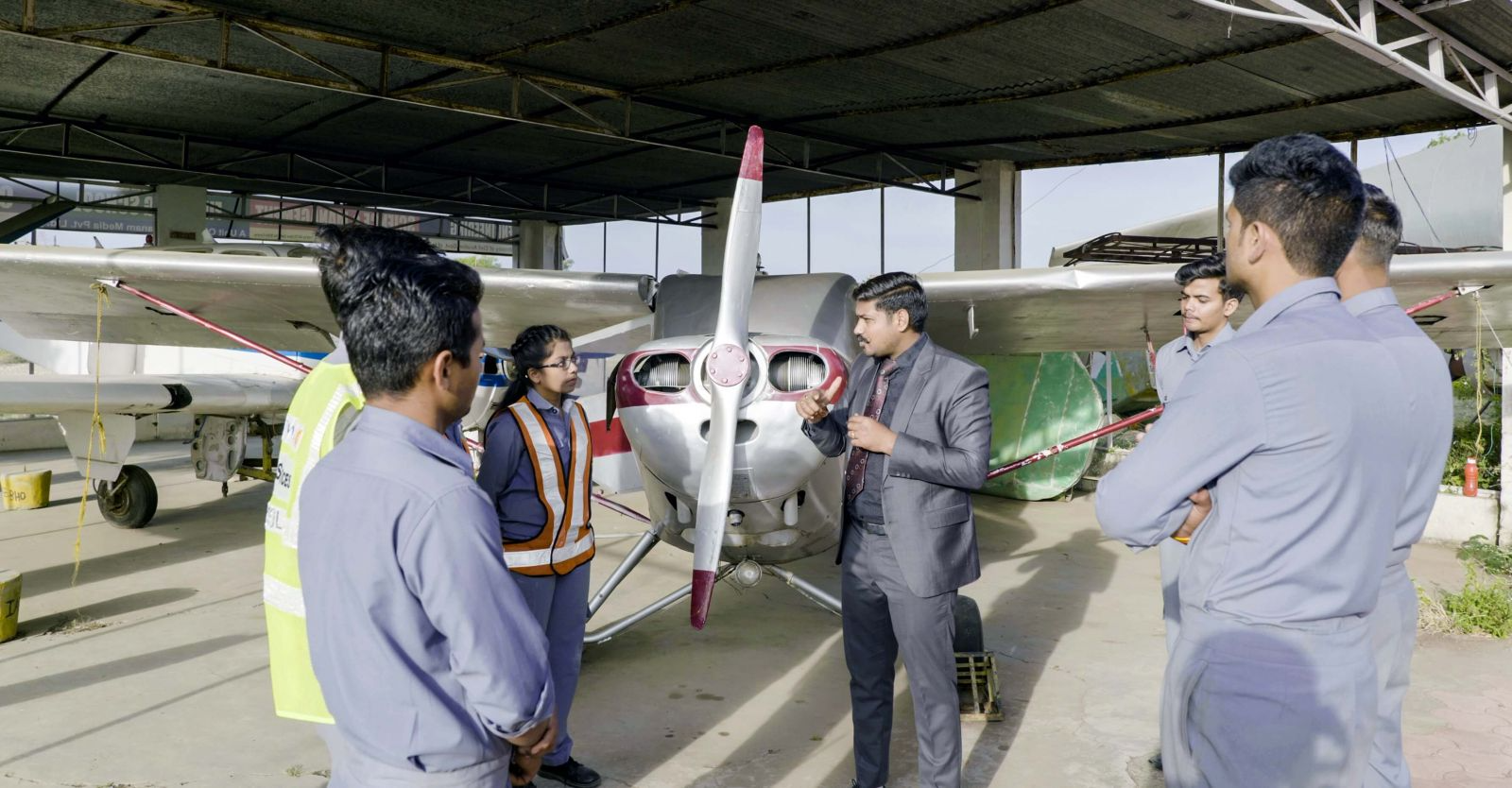
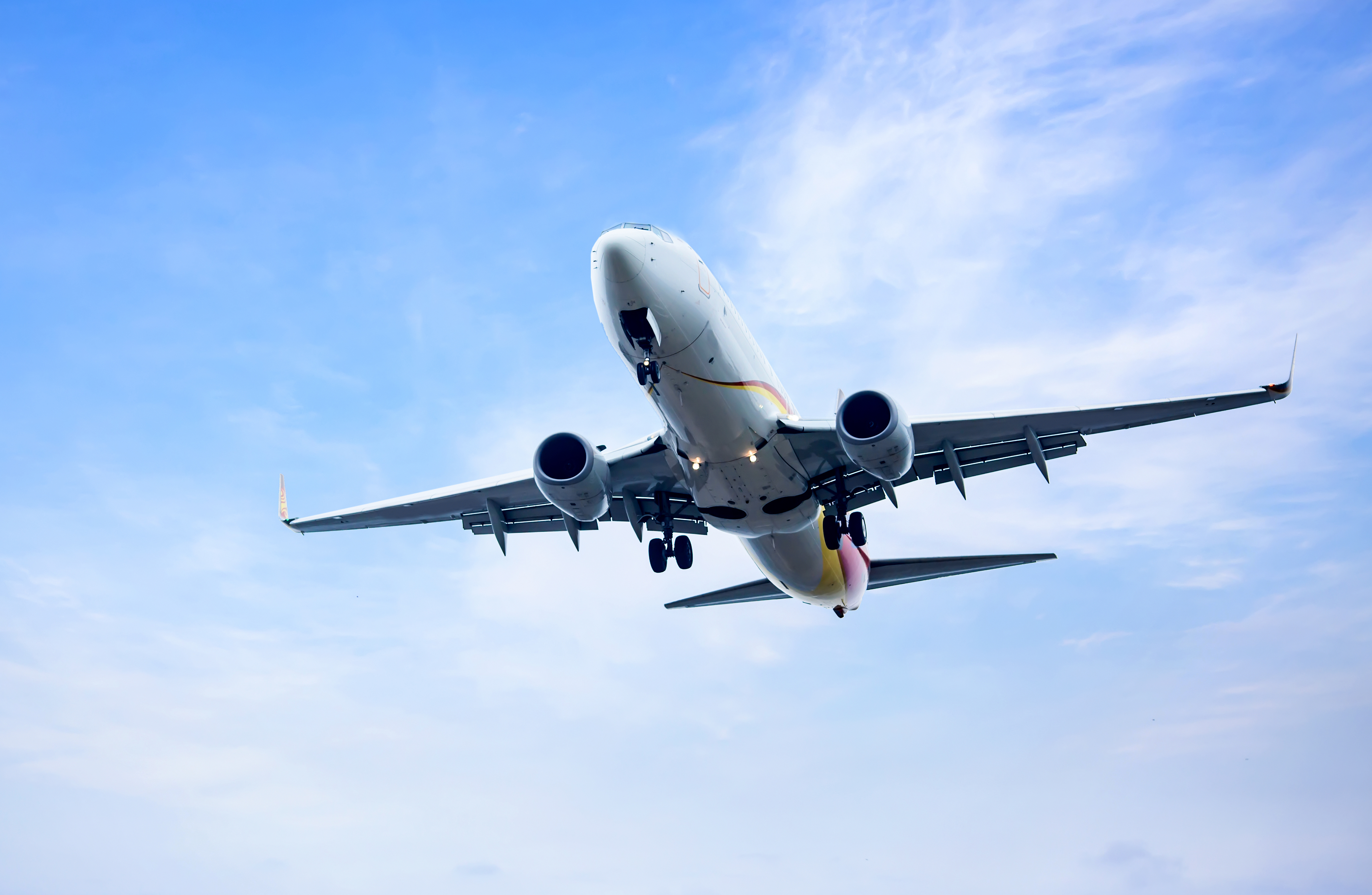
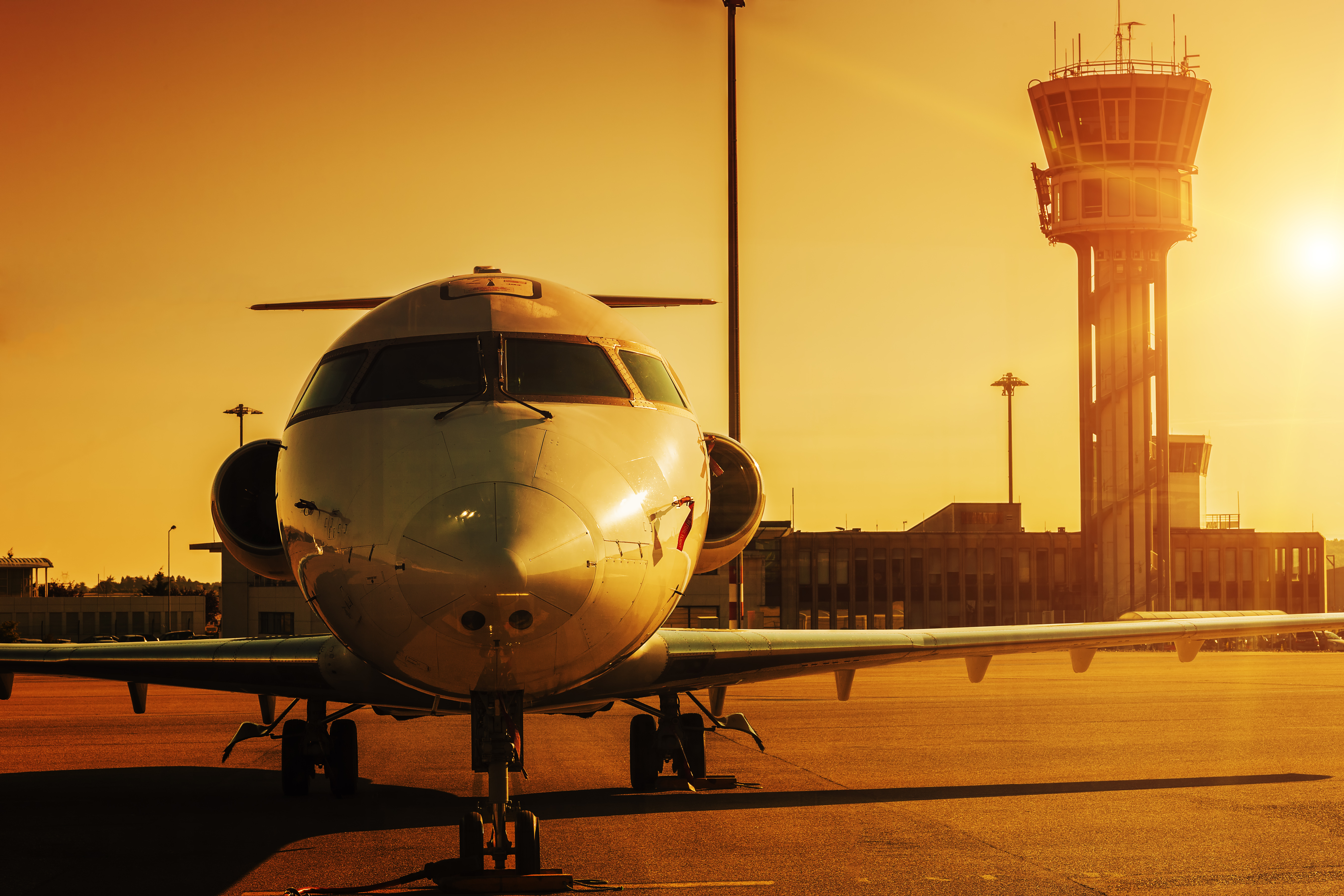
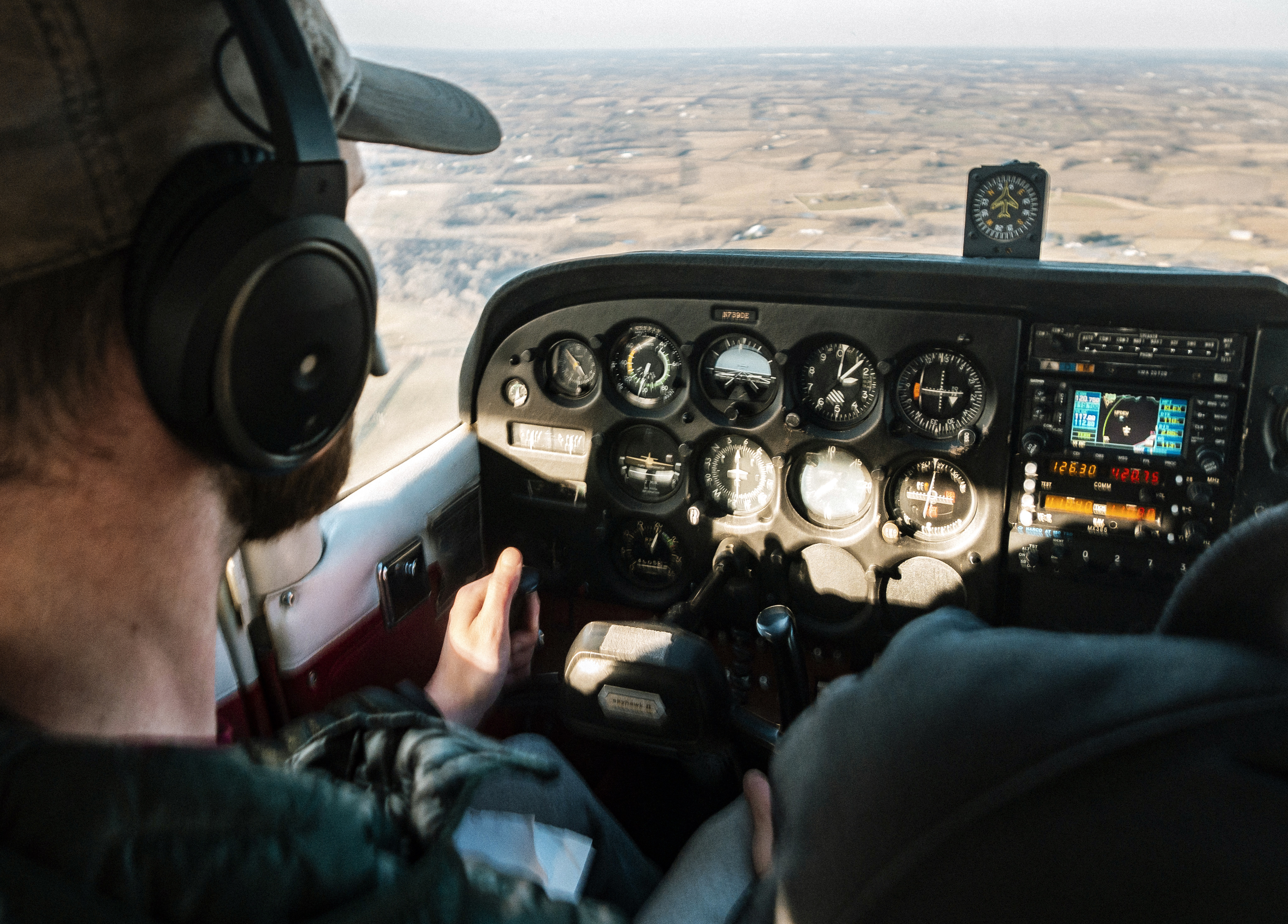
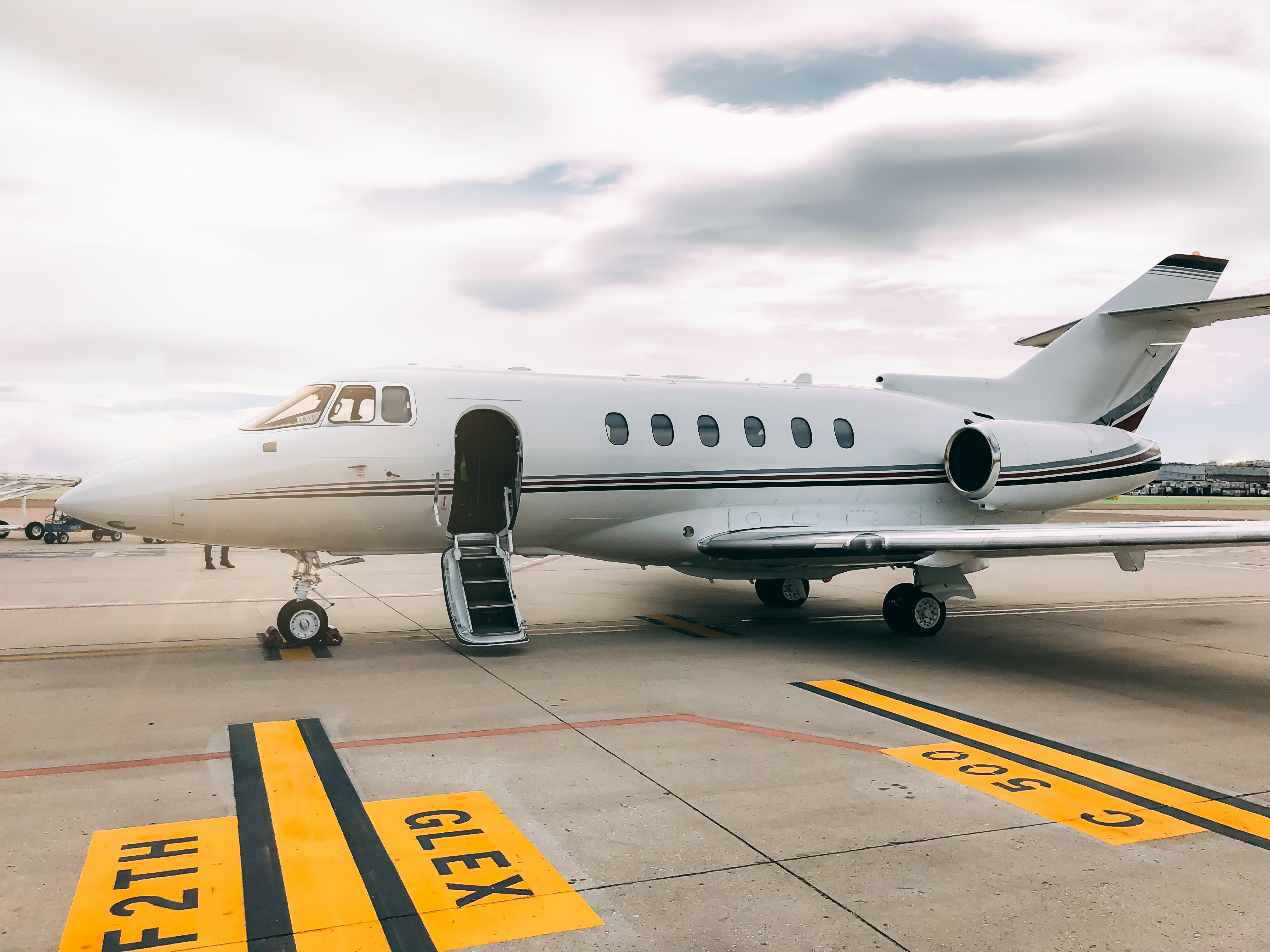

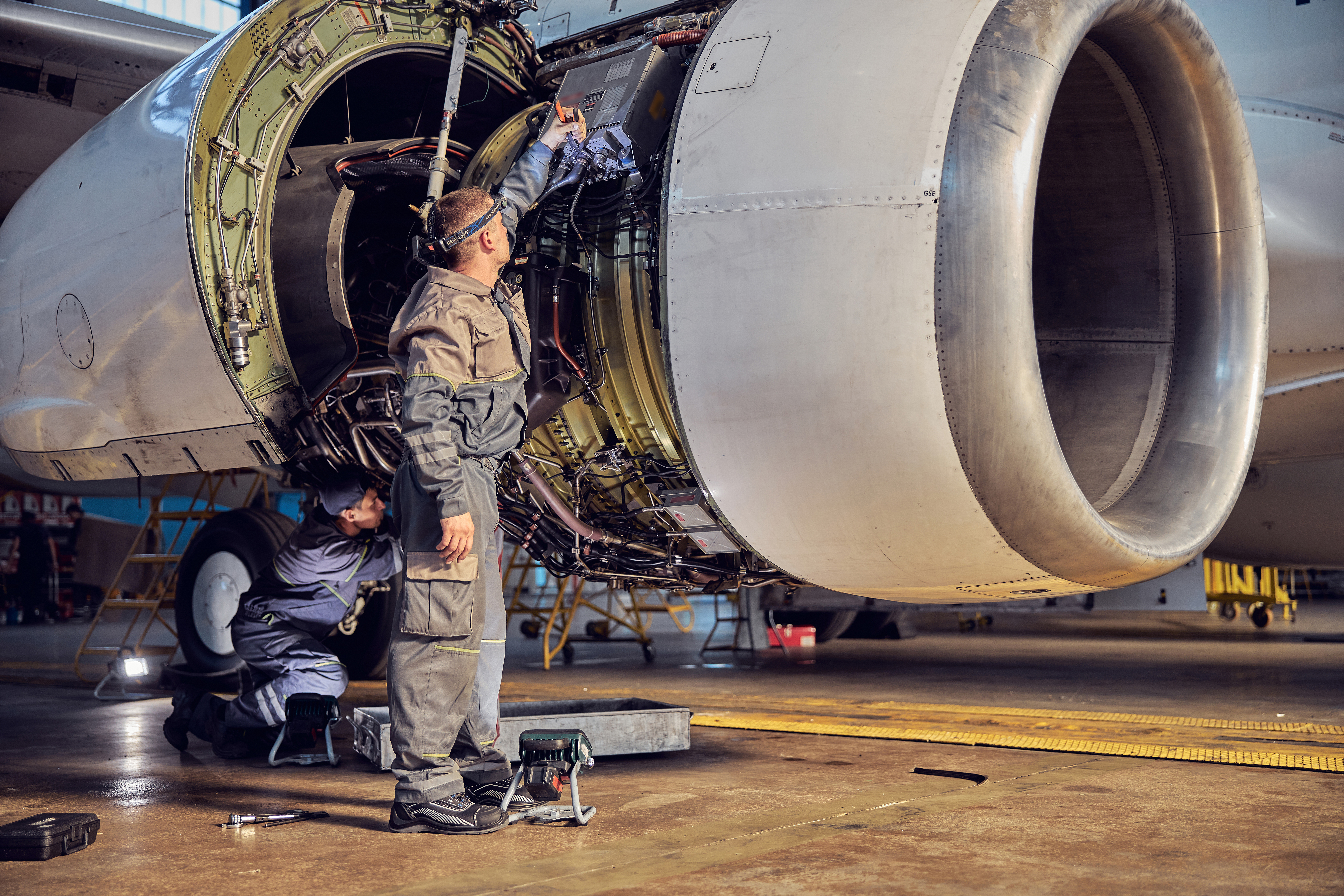
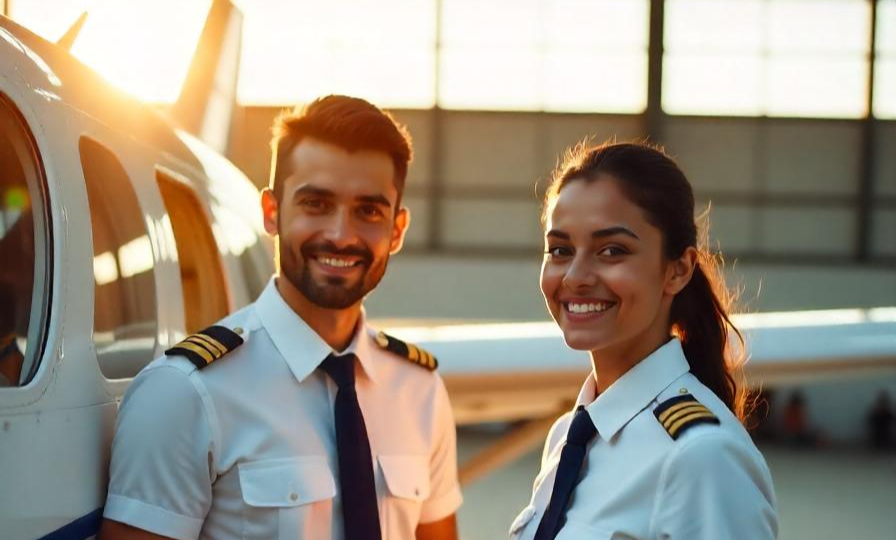
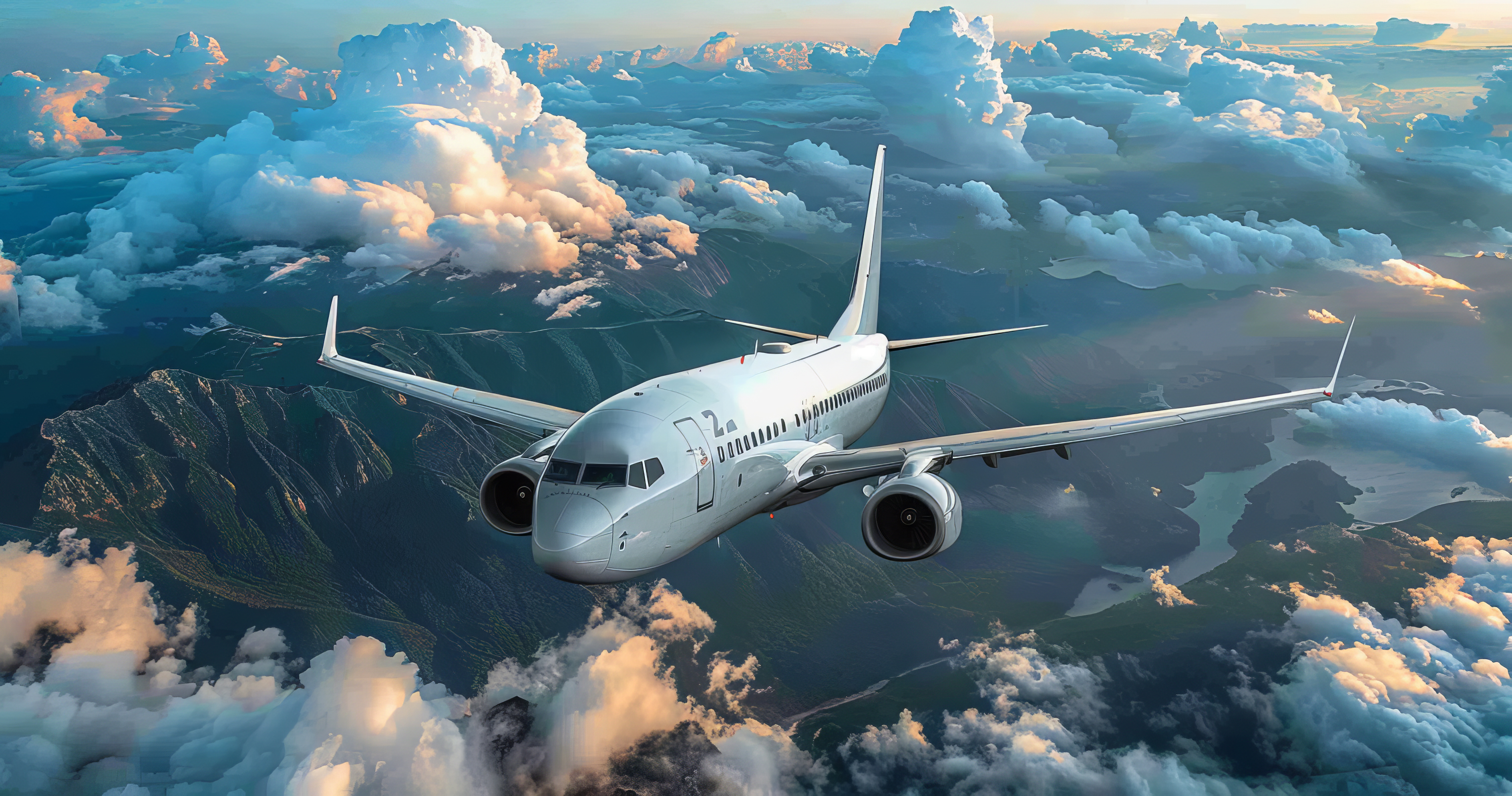
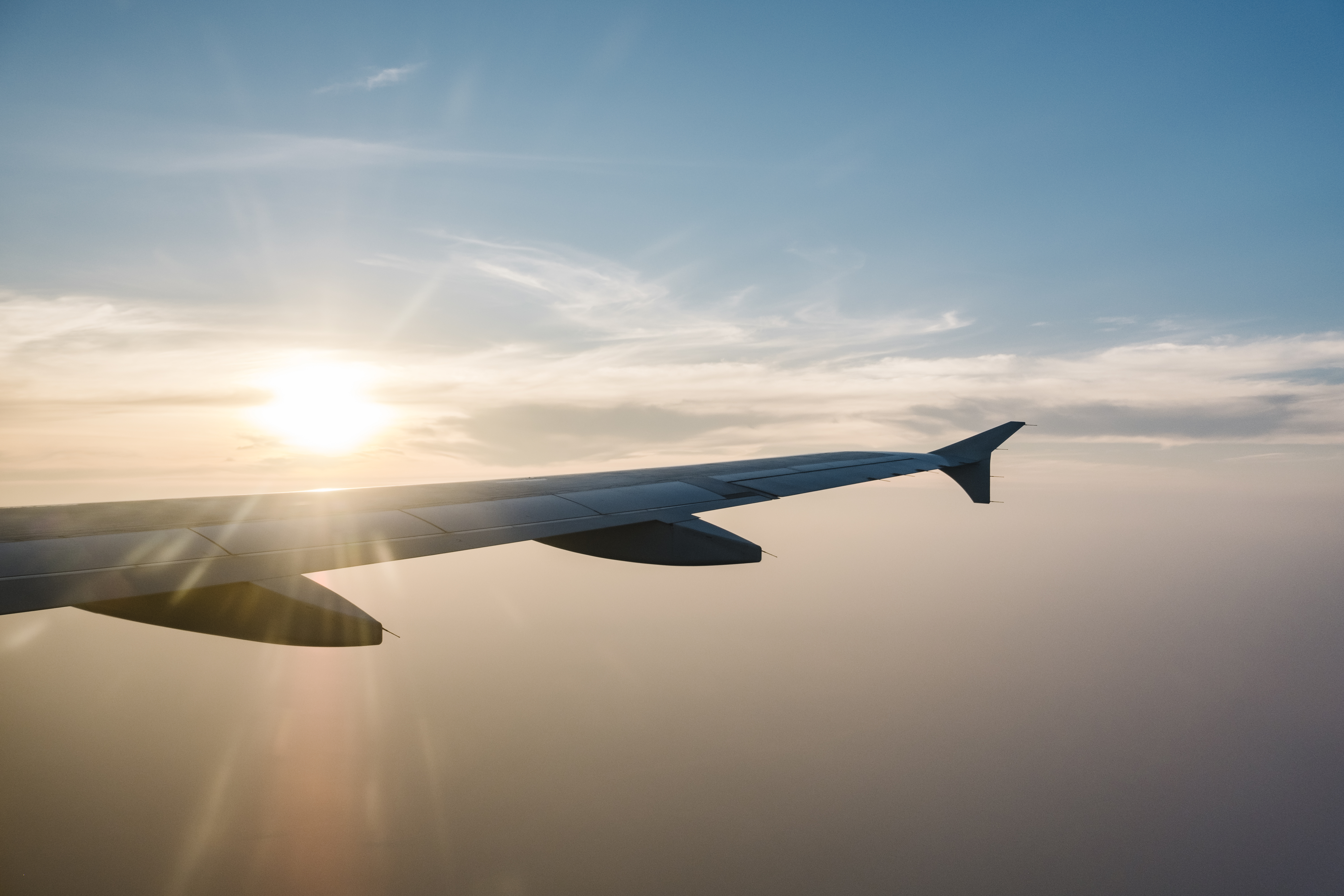
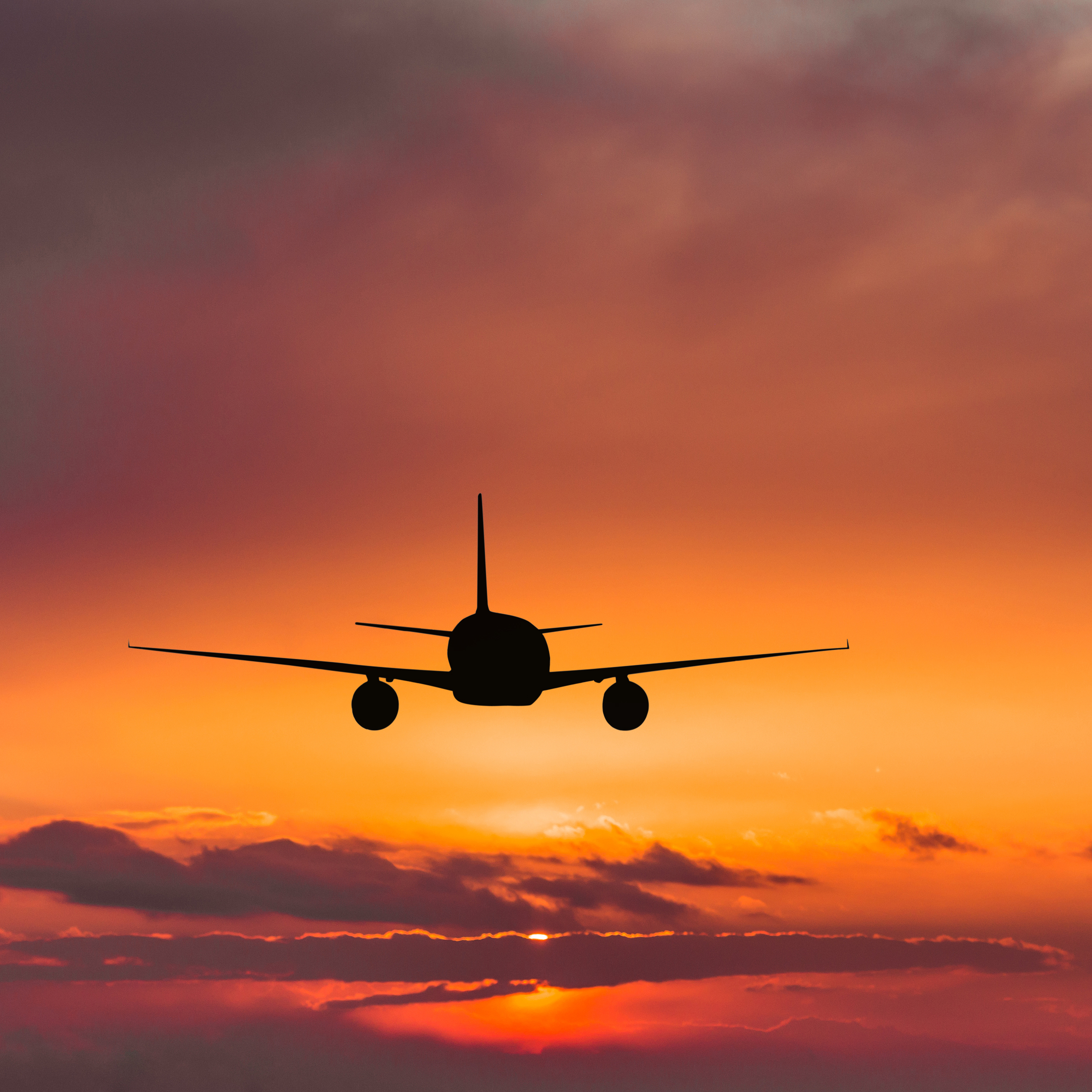
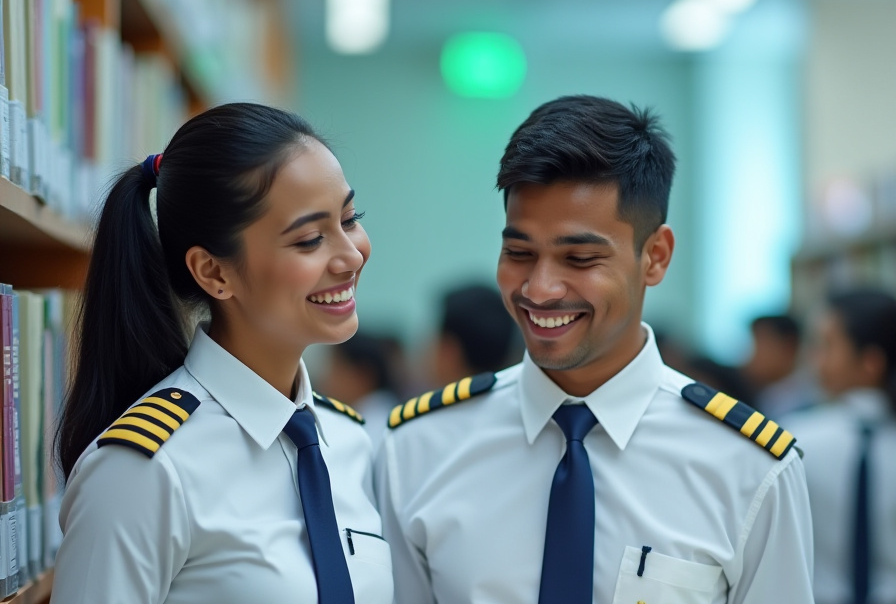
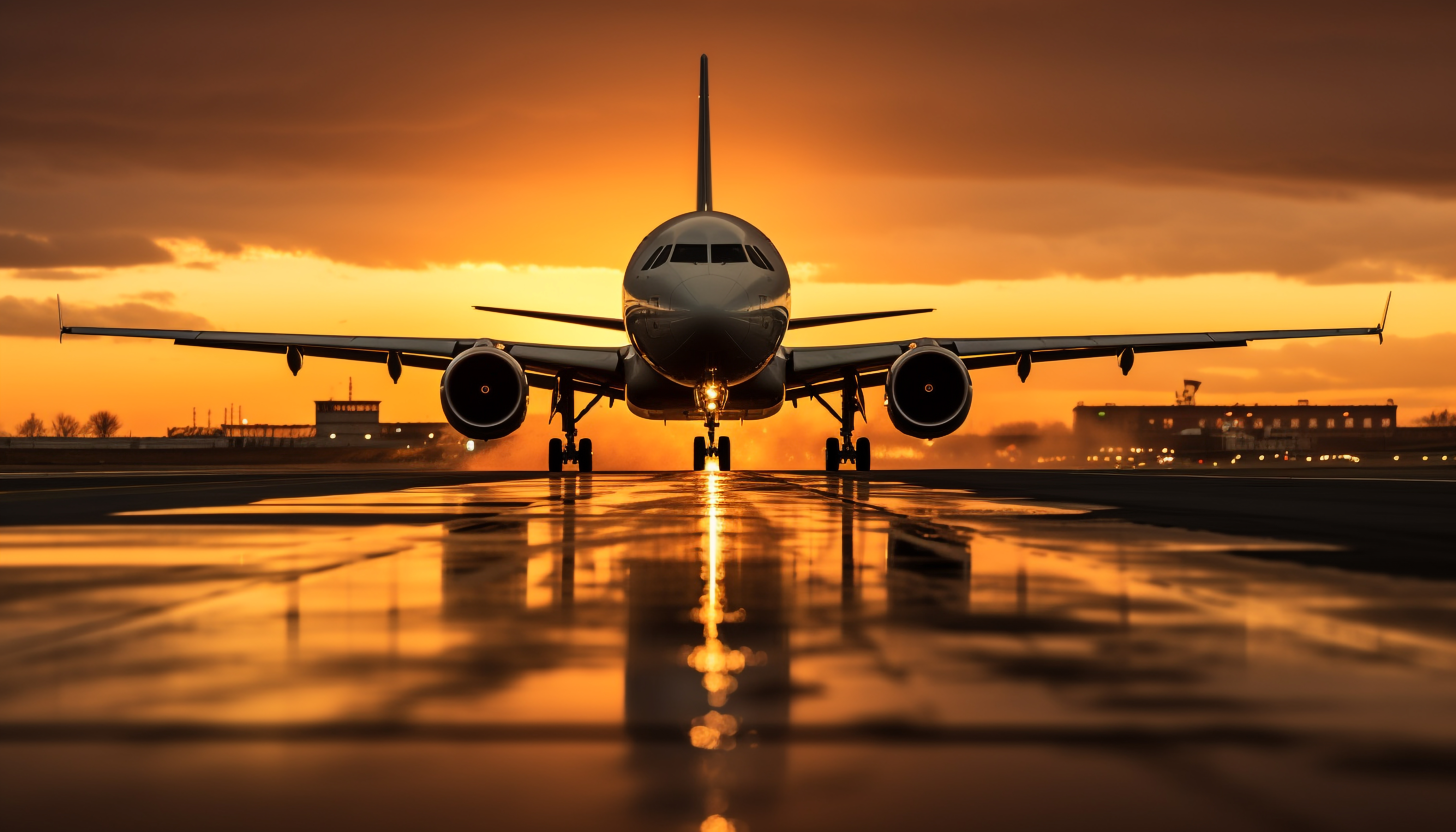
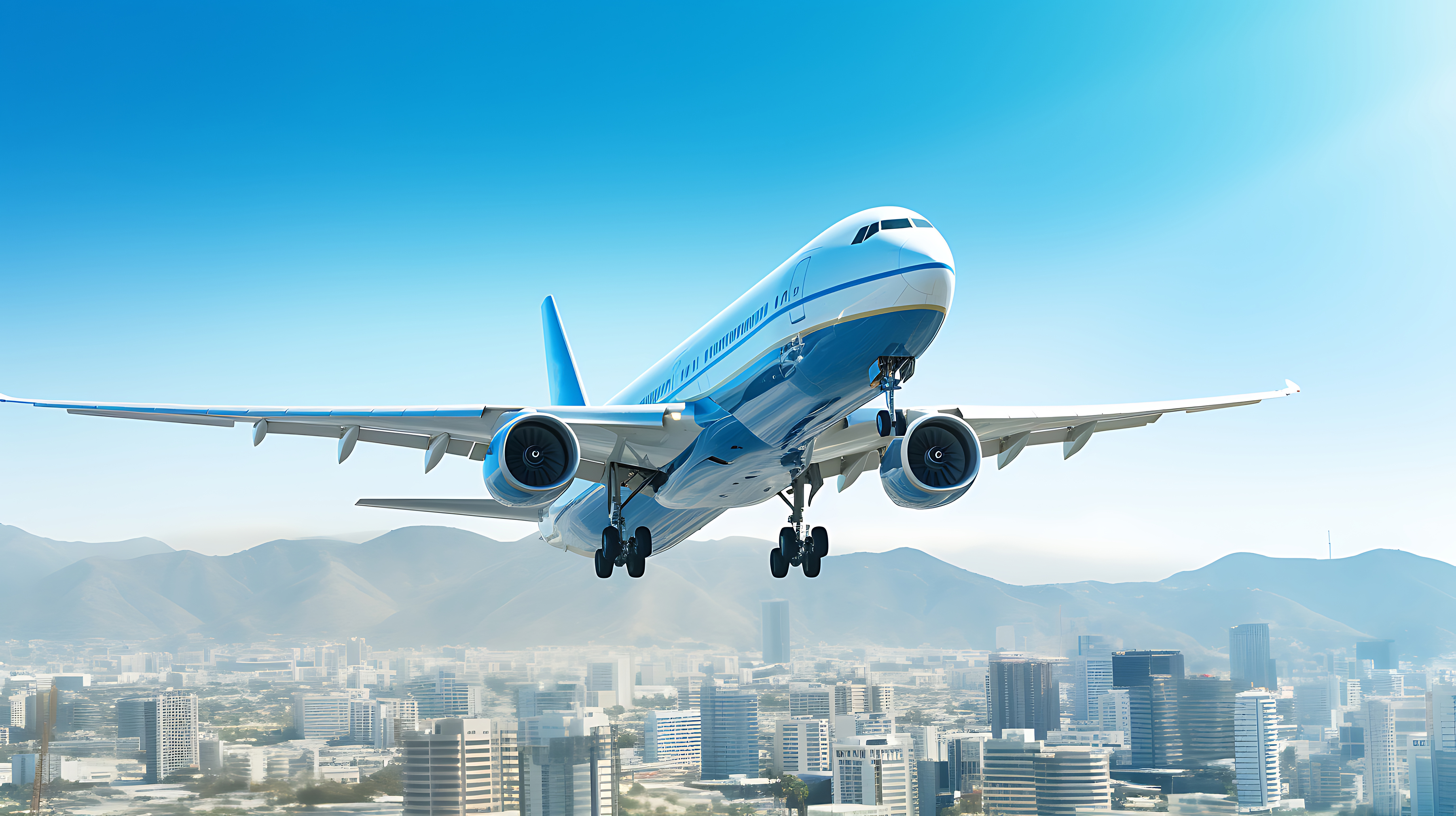

Apply Now